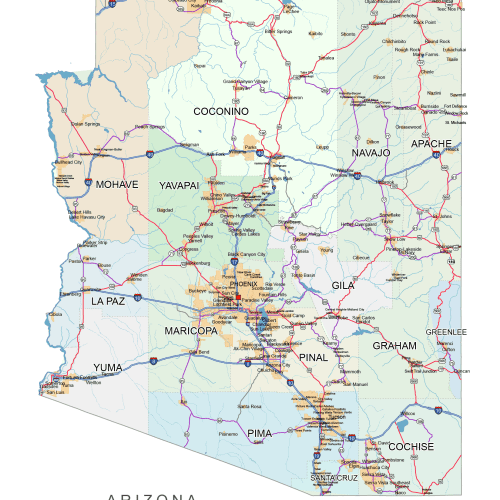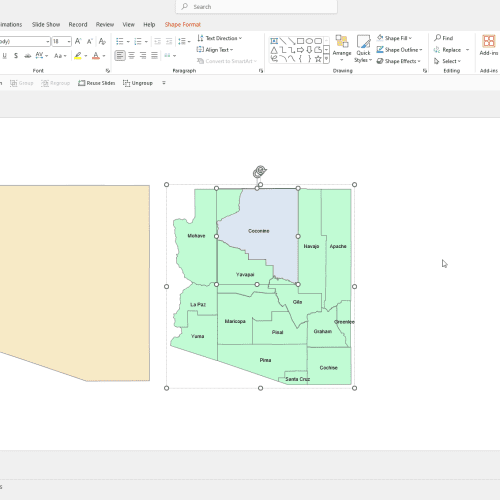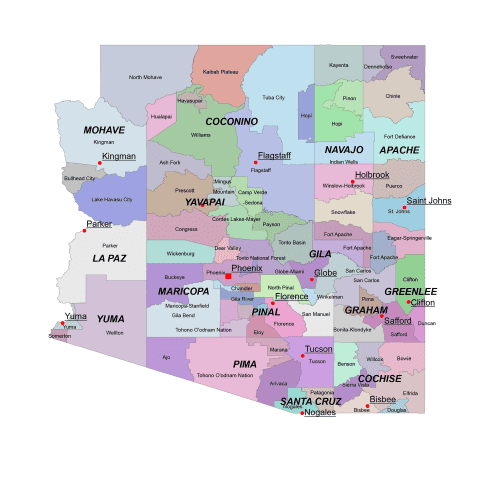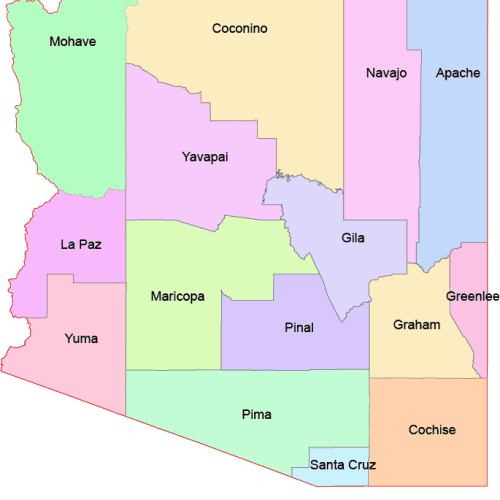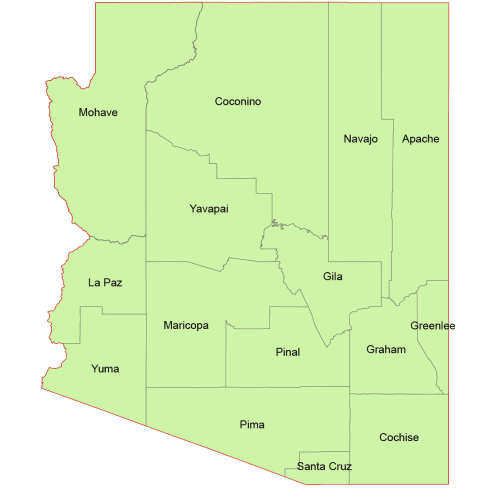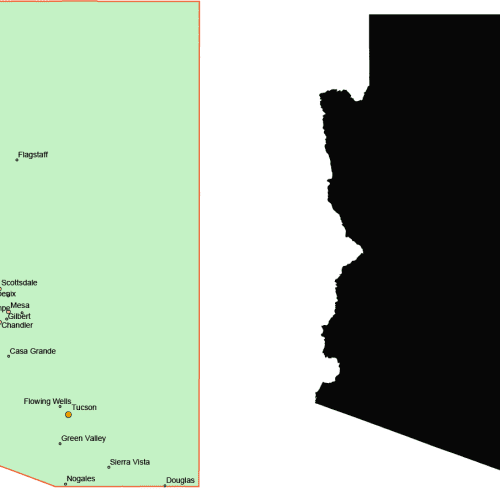Guard your time. It's all you have. Naval Ravikant
Arizona AZ
Arizona Road and City Map
0 out of 5
40,00 $ – 45,00 $Price range: 40,00 $ through 45,00 $
Arizona AZ
Arizona Colored County Map
0 out of 5
10,00 $ – 12,00 $Price range: 10,00 $ through 12,00 $
Arizona Vector Maps (AZ) – Editable County, Subdivision & Road Maps
Discover a complete collection of high-quality vector maps of Arizona (AZ), ideal for graphic design, education, business analysis, and government projects. All maps are provided in Adobe Illustrator (AI) and PDF formats, ensuring full editability and smooth integration into your workflow.
Included in this Arizona map set:
- Free Arizona Silhouette Map – A simple outline of the state, perfect for basic use and layering.
- Monocolor Arizona County Map – Clearly displays all county boundaries in a clean, single-color style.
- Colored Arizona County Map – Each county is uniquely colored to improve visual clarity and differentiation.
- Arizona Subdivision Map – Based on U.S. Census divisions such as towns, communities, or CCDs (Census County Divisions).
- PowerPoint Arizona County Map – Slide-friendly and fully editable for business or educational presentations.
- Detailed Arizona City & Road Map – Includes major cities, highways, and transportation networks for more in-depth applications.
These editable Arizona maps are optimized for both digital and print use—ideal for presentations, infographics, or geographic analysis. Start with the free silhouette map or choose a detailed format that fits your needs.

